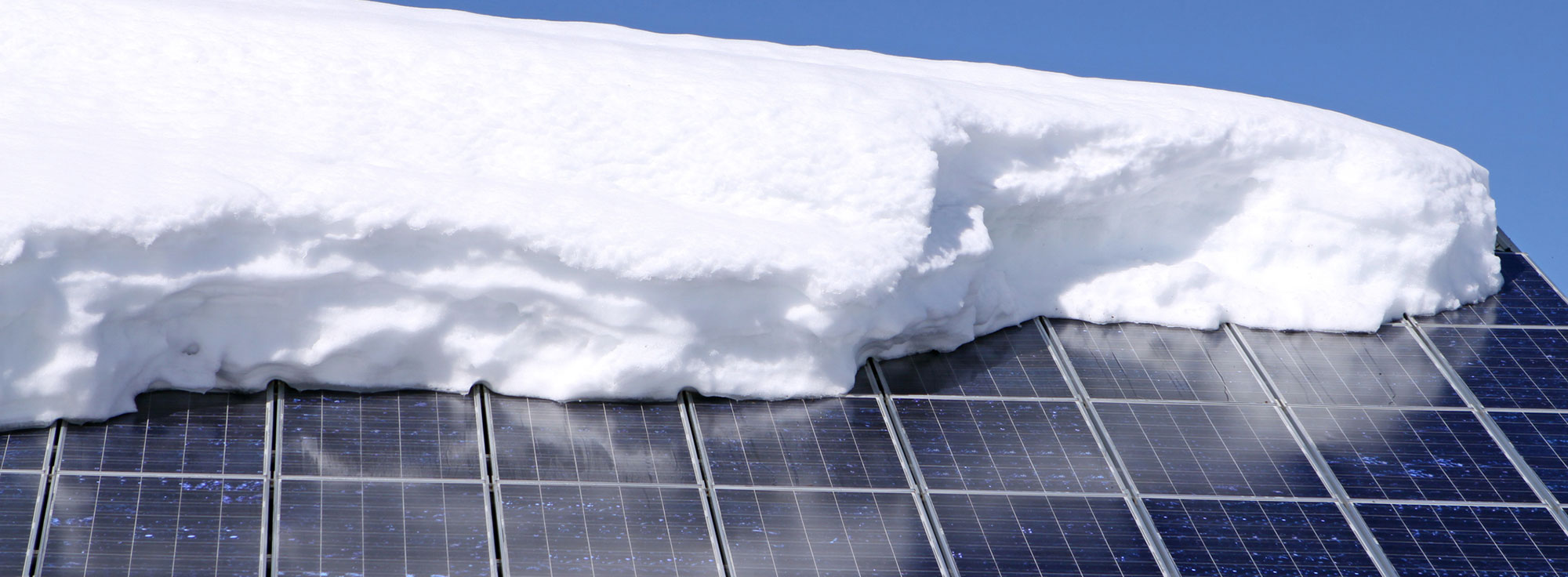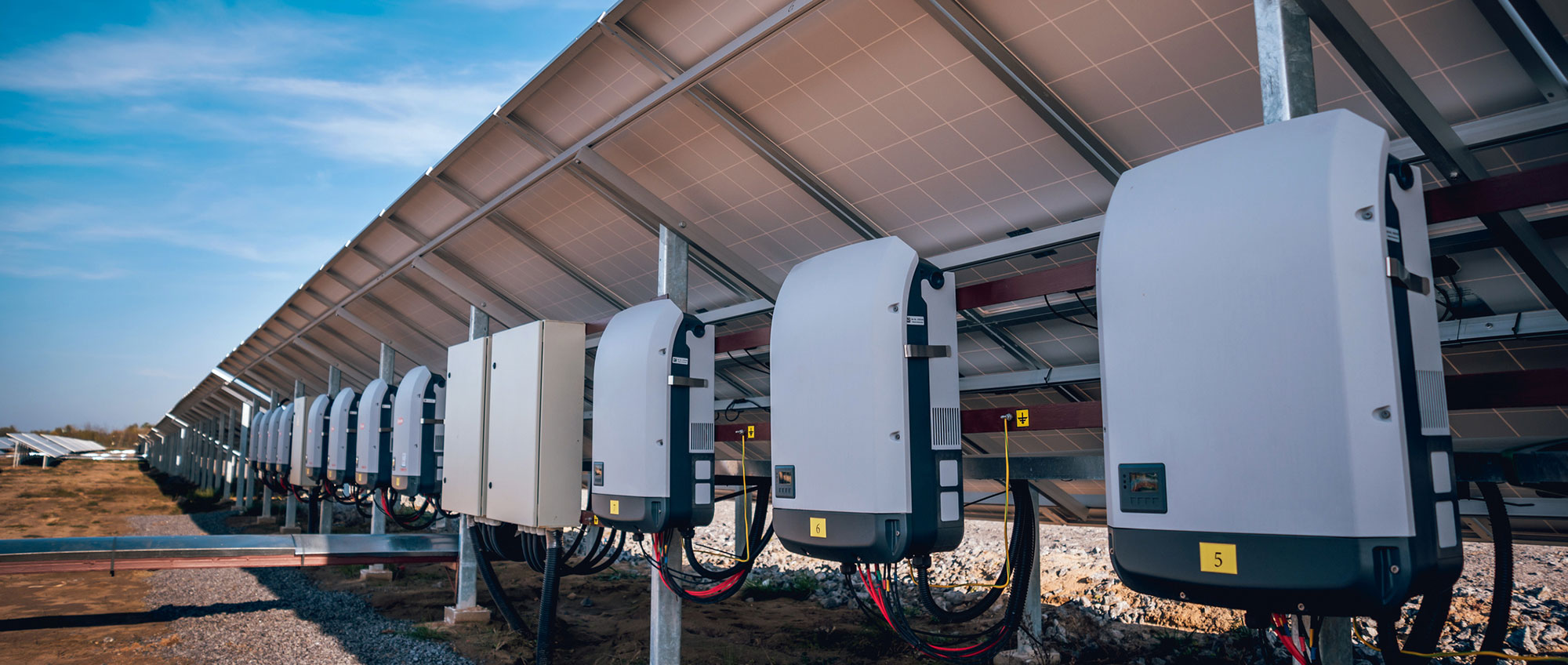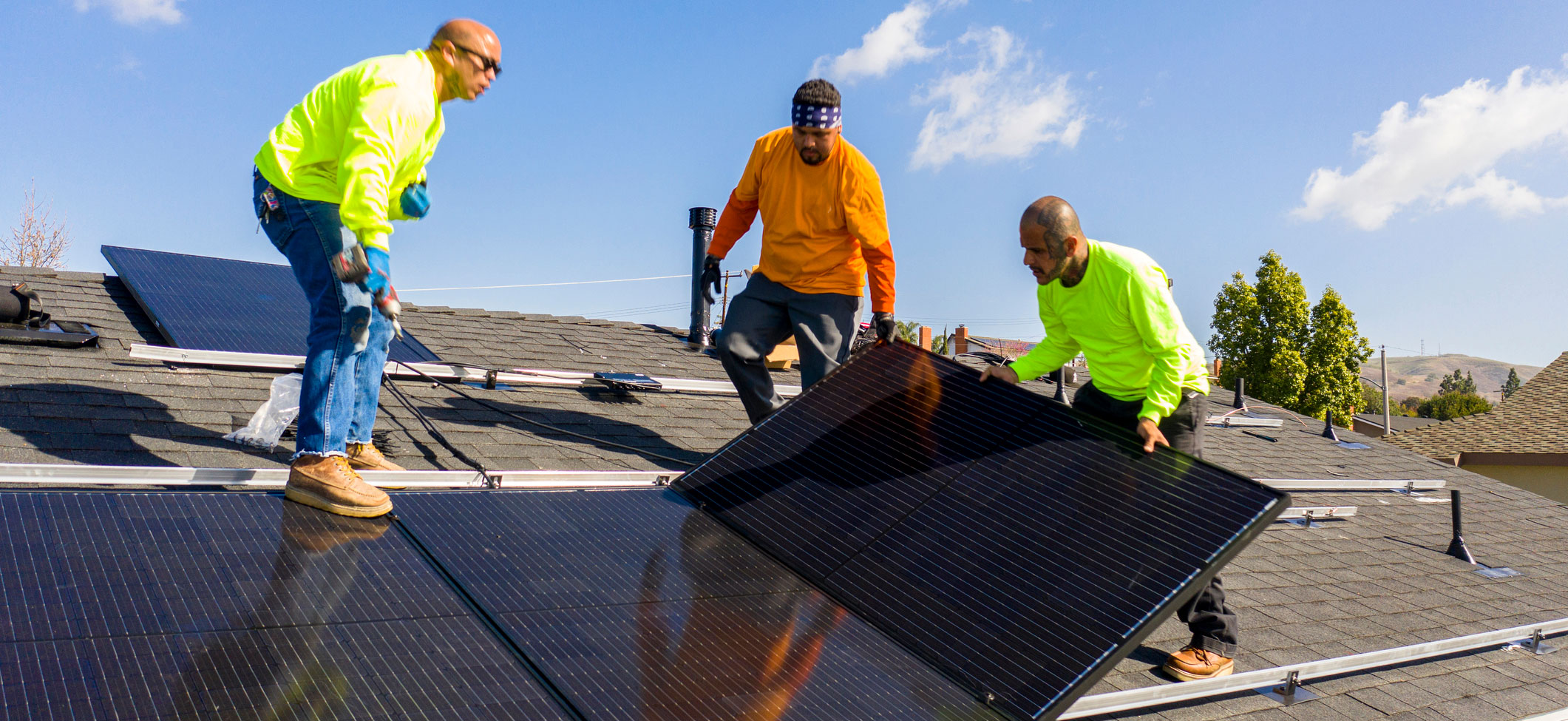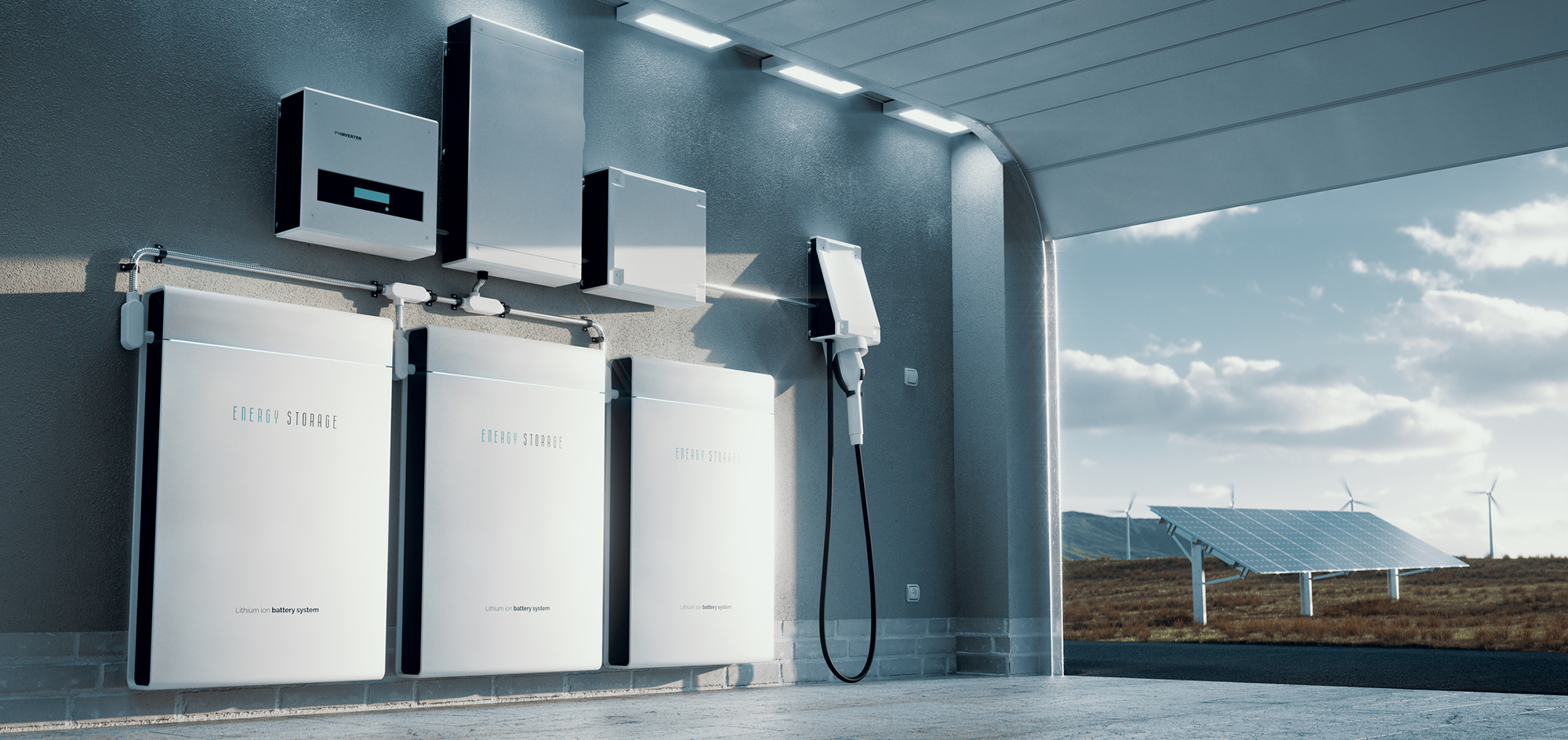The Dark Side of the Sun – When Solar Power Goes Wrong
It’s not hard to understand the motivation behind the surge in solar power installations over the last decade. Whether it’s to offset energy costs, reduce carbon footprint, or just to take advantage of government or utility incentives, solar power holds a lot of appeal to home and business owners. But as solar power has become more ubiquitous, so have claims related to solar installations. In this post, we’ll take a look at some of the more common ways things can go awry with solar arrays.
Weather and other Acts of God
As solar arrays live in the great outdoors, they are subject to all manner of environmental impacts (sometimes literally, lots of impacts). High winds are a significant threat to solar installations, especially for panels mounted on moving trackers. As you can imagine, a 30” x 75” solar panel can easily turn into a 30” x 75” sail. The combined wind pressure on a row of panels can create thousands of pounds of force. The force alone may be enough to cause structural and mechanical damage, but when the panels tear free of their mounts, they can also become 40-pound projectiles. Snow loads can cause structural collapse and damage silicon cells, due to the weight of accumulated snow. Hail impacts can fracture the crystalline silicon cells, rendering them useless.

When evaluating wind, snow load, or hail damage to a solar array, it is essential to review the design and construction of the array. In every installation, certain assumptions must be made regarding what loading the array must be able to withstand, and what margin of safety is built into the design. The array should also be evaluated to ensure it was built to the original design, as changes are often made during construction. For evaluating damage from impacts, infrared drone surveys can be used to identify panels with cracked silicon.
Inverter Malfunctions
Inverters are devices that convert the DC output of solar arrays into AC power. One of the most common issues with solar systems are inverter malfunctions, which can result in fires. The loss of an Inverter can also take an entire array out of operation. For commercial arrays, this can result in significant business loss or additional expenses for the utility power that must be purchased while the array is out of commission.
The most common problem with inverters is overheating. The transistors in the inverters are handling large amounts of electric current and are switching at a high frequency (20,000 to 30,000 Hz). This generates a tremendous amount of heat and figuring out how to dissipate that heat is a major problem for inverter manufacturers.

The cause of an inverter malfunction can be difficult to detect, as a resulting fire can destroy evidence. Careful examination in the laboratory is often required to determine if the malfunction is the result of a manufacturing defect, a design defect, or an improper installation.
Construction Defect
As with any construction project, defects introduced by substandard construction methods can also create problems with solar installations. Lots of companies have moved to cash in on the solar construction boom, often spurred by subsidies and incentives. This has led to a great deal of installation work performed by inexperienced solar installers. While local laws may require a journeyman electrician to perform the skilled electrical work on an installation, enforcement of this requirement is often lax. These problems have been tempered over time, as the codes, standards, and industry practices have caught up with the pace of development, but problems persist. The analysis of any incident involving a solar array, especially if it was recently constructed, must include taking a hard look at the installation methods and the qualifications of the installer.

Energy Storage
Battery storage has been used in conjunction with solar installations for a long time. Primarily used in residential systems, they allow for solar energy to be stored for use during utility outages or at night. Until fairly recently, these storage systems used large lead-acid batteries and would typically store enough energy to power a residence for about a day. Public safety power shutoffs have become common in western states as utilities try to reduce the risk of wildfire (and their resulting liability). This has increased the demand for energy storage as an alternative or supplement to standby generation.
Modern battery technology, in the form of lithium-ion and lithium-polymer cells, have now supplanted lead-acid batteries in these systems for one simple reason – energy density. For a given battery weight, twice as much energy can be stored in lithium-ion cells as in lead acid cells. This increased energy density can also represent a hazard when things go wrong. Poorly manufactured or installed lithium battery systems can create a significant fire hazard, and several notable recalls have been issued for residential battery systems.

Aspects of Solar Losses
Solar arrays can be owned or leased. Even in residential systems, there may be a homeowner, an installer, manufacturer(s), and a solar leasing company involved in an investigation. Large commercial systems are often owned by a solar energy company, which sells power at a contract rate to the property or business owner. There may also be a general contractor and several subcontractors involved in commercial and utility-scale arrays, in addition to manufacturers and other interested parties.
A careful and considered approach is often required when a solar array malfunctions. Determining causation, and resulting liability, can be a complex process. Business interruption and additional energy expense claims can easily exceed hardware replacement costs on large systems and require a thorough analysis. For damage to an array, an engineer’s evaluation of compatible replacement components can mean the difference between replacing a few panels or an entire array.
Solar power is here to stay, and that’s a good thing. But even sun power has a dark side.
About the Author
Taylor A. Russell, PE, CAP, CFEI, is a consulting engineer with our Oakland, CA office. Mr. Russell provides consulting services in the areas of power systems (industrial, commercial, and residential) and in commercial and industrial automation. His expertise includes code compliance, failure analysis, damage assessment, and repair/replacement analysis, power generation and distribution systems evaluation, building automation systems (BMS/BAS), and industrial instrumentation and control systems (PLC/SCADA/DCS). You may contact Taylor for your forensic engineering needs at taylorrussell@edtengineers.com or (925) 674-8010
Learn about how EDT Forensic Engineering & Consulting approaches cause of damage, and forensic engineering by assigning a file today.

